Apple Pushes the Boundaries with Cutting-Edge iPhone 16 Pro
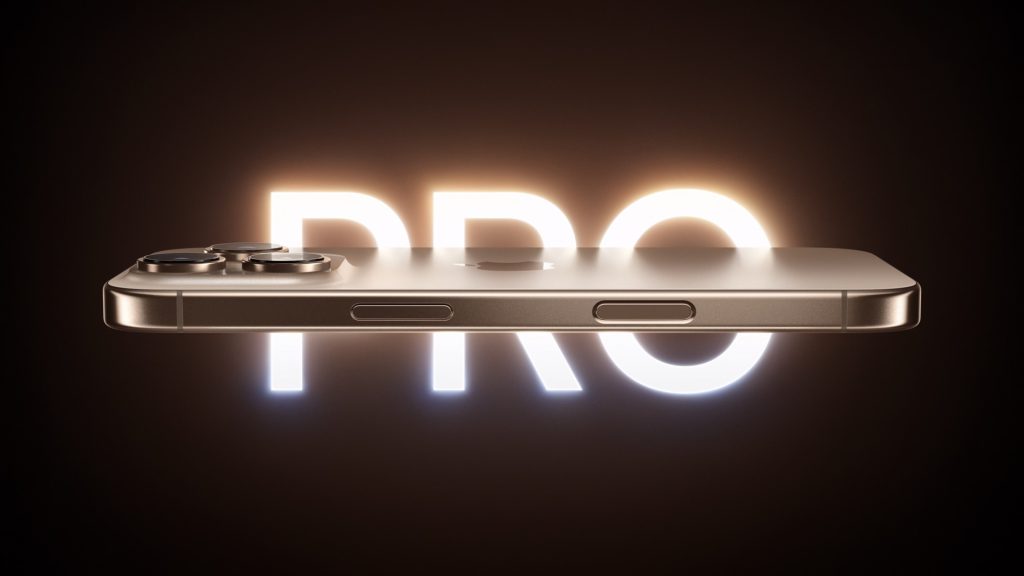
Apple’s standard iPhone 16 may be getting some pro-level features this year, but the iPhone 16 Pro it showed off today remains a cut ahead of the pack, not just among iPhones but nearly all modern computing devices.
That’s thanks to a powerful new A18 Pro chip that pushes the limits of what a mobile device can do, plus the usual year-over-year camera improvements, a refined design, and a healthy boost to battery life. Plus, designed from the ground up for Apple Intelligence, the iPhone 16 Pro takes this to a new level. Here’s what’s new.
Design and Display
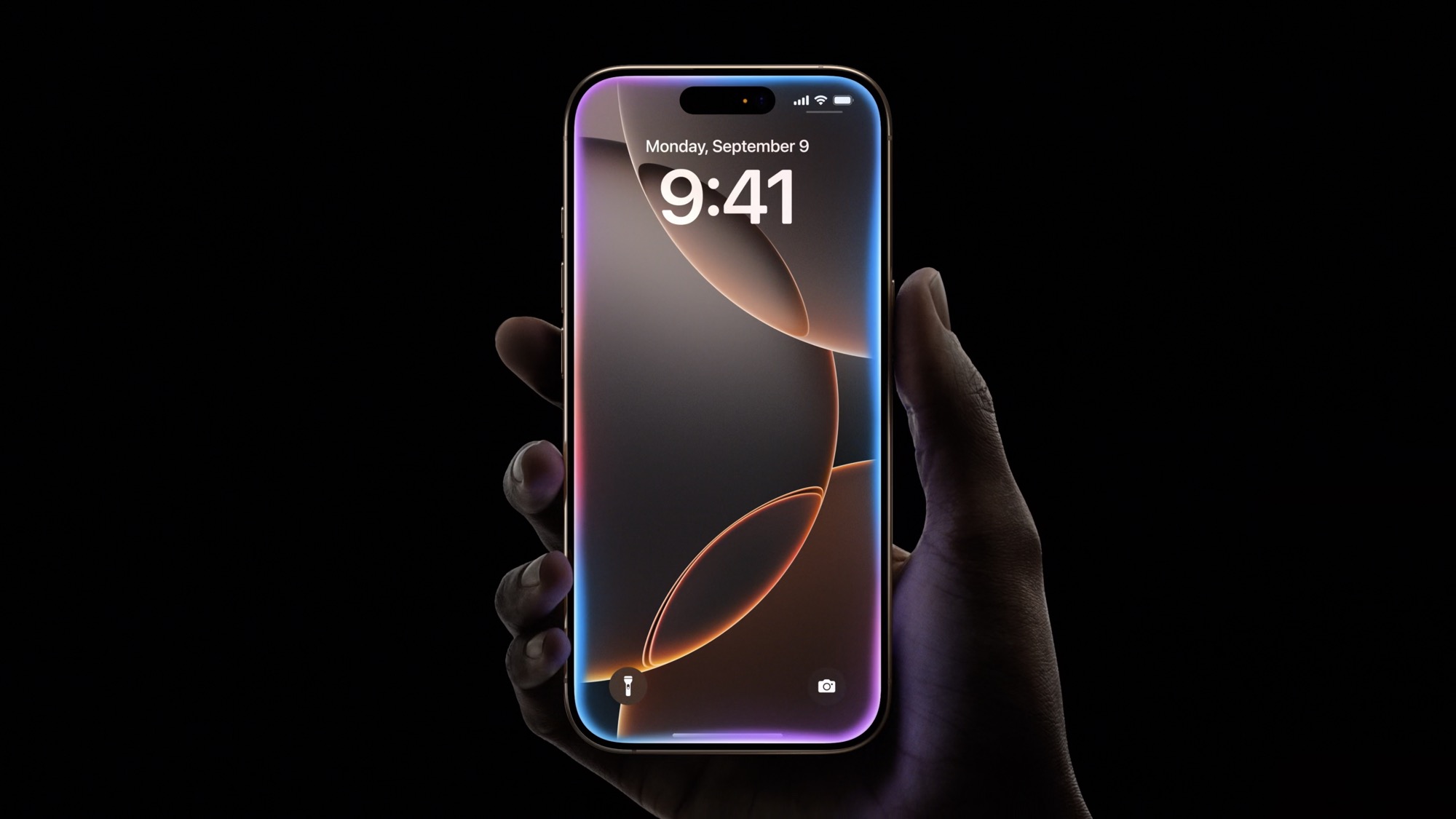
As predicted, the iPhone 16 Pro and iPhone 16 Pro Max are getting a noticeable increase in the size of their displays, growing by 0.2 inches diagnostically to 6.3 inches and 6.9 inches, respectively.
However, the best part of this is that the size of the iPhone isn’t increasing nearly as dramatically. Instead, Apple has once again slimmed the bezels down, bringing the display closer to the edges than ever before. More than the increased screen size, that change gives the new models an elegant flair all on its own.
Beyond their larger size, the iPhone 16 Pro displays feature the same specs that have been the norm for the past two years, including 2,000 nits of peak outdoor brightness, an adaptive 120Hz ProMotion refresh rate, and always-on capabilities. However, this year, the screens can get as dim as a single nit of brightness, making them more suitable for viewing in a dark room while also helping to conserve battery power.
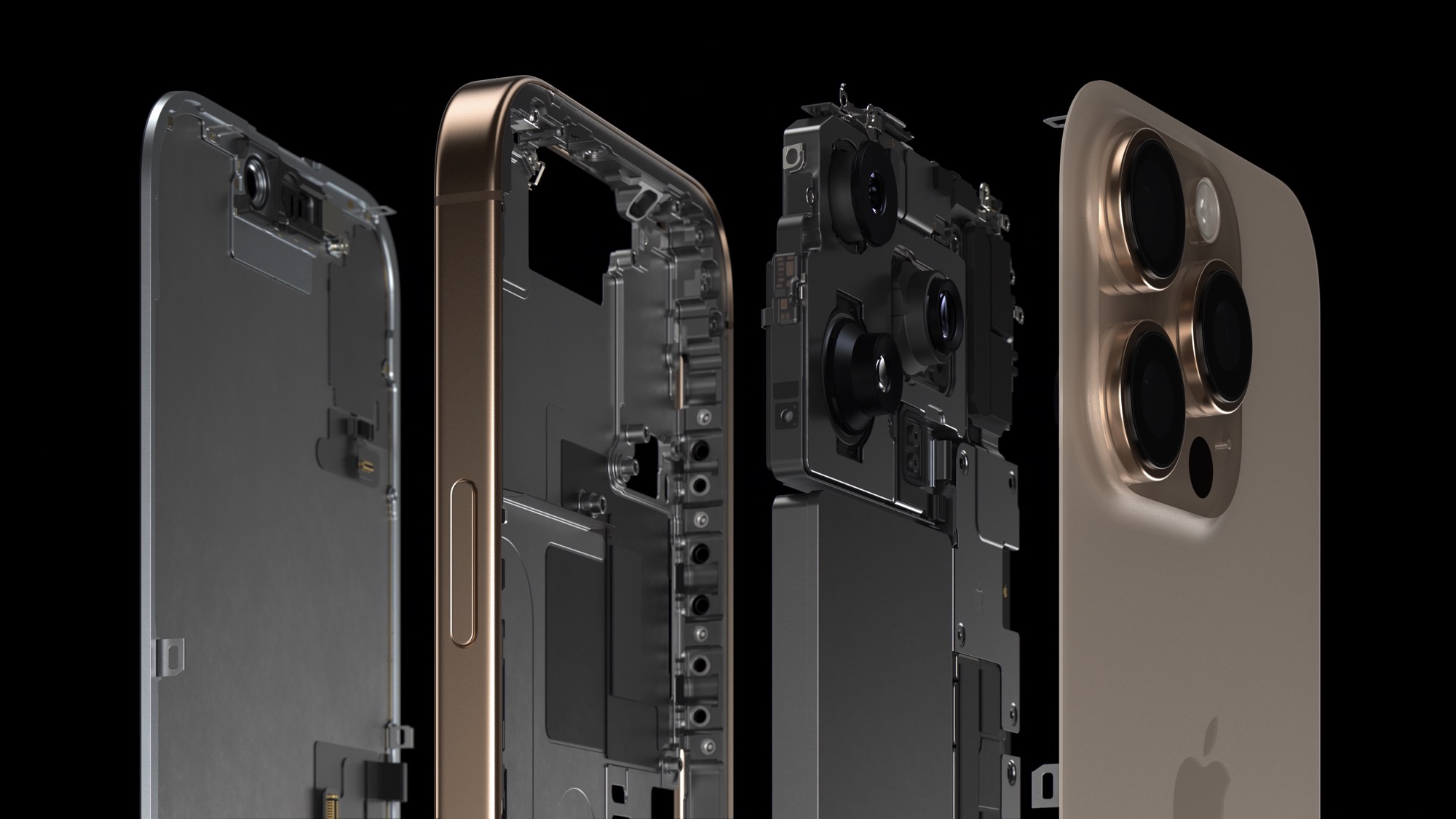
As with the standard iPhone 16, the iPhone 16 Pro models gain Apple’s toughest-ever Ceramic Shield glass while improving on the titanium frame construction introduced in last year’s iPhone 15 Pro lineup. The titanium retains a micro-blasted textured finish rather than the polished design of the new Apple Watch Series 10, but it’s just as light and durable as ever. The iPhone 16 Pro gains 12 grams over its predecessor, while the iPhone 16 Pro Max increases its weight by a mere 6 grams — likely from their slightly larger frames.
The colors are similar to last year; a new brownish-gold Desert Titanium replaces Blue Titanium, while the Black Titanium gets darker and the White Titanium gets brighter. Natural Titanium remains pretty much the same.
The A18 Pro
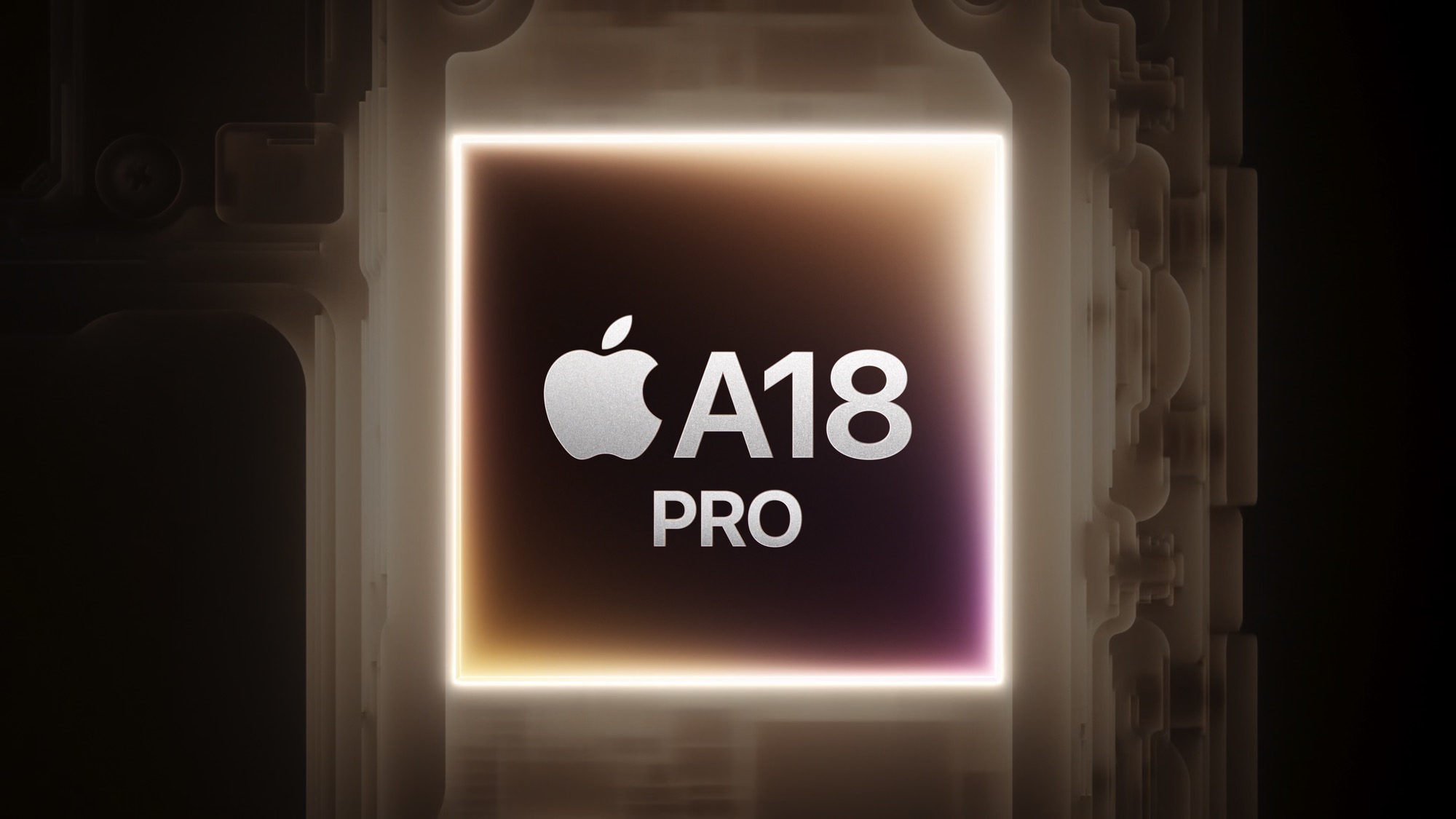
Apple continues its trend of using more powerful silicon in its iPhone Pro models, but this year, the two models are much closer in performance. Rather than using a year-old chip from the previous Pro model (which would have been an A17 Pro), the iPhone 16 gets a new A18 chip, while the iPhone 16 Pro gets the A18 Pro.
The primary difference between the two chips seems to be an extra GPU core in the A18 Pro. Both chips have a 6-core CPU with two performance, four efficiency cores, and a 16-core Neural Engine. We’ll have to wait for real-world benchmarks to see if those cores perform differently. Apple notes that the Neural Engine in the A18 Pro is capable of 35 trillion operations per second (TOPS), but that’s no different from last year’s A17 Pro.
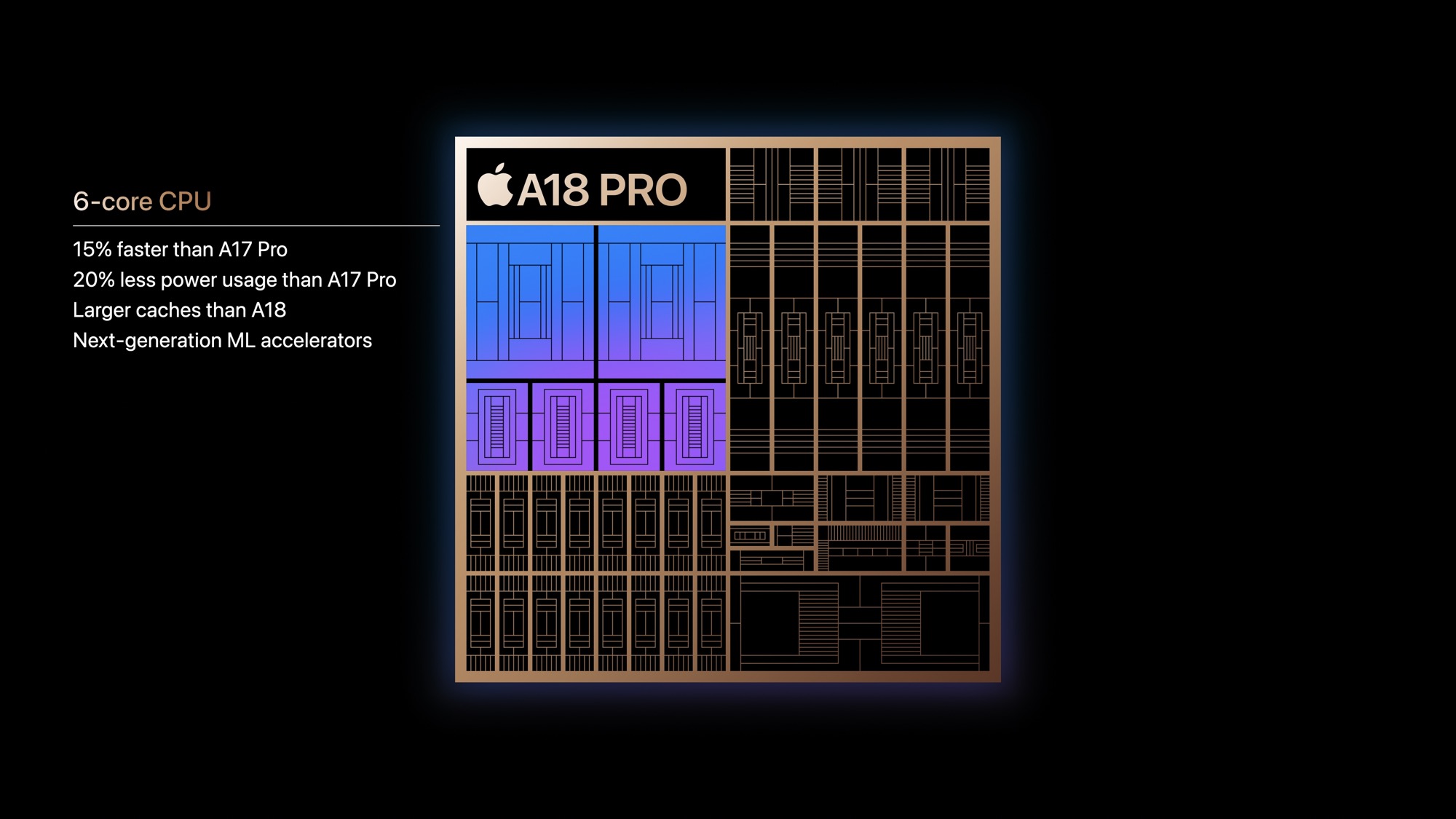
What has been improved over the A17 Pro is the memory bandwidth, which increases by 17%. More than anything else, it’s likely this that translates to a 15% boost in Apple Intelligence performance on that chip. However, the six-core GPU also promises a 20% boost for gaming, plus double the ray tracing performance.
The A18 Pro also has advanced media coprocessors that are likely absent from the standard A18 chip since they’re specifically designed to handle iPhone 16 Pro features like ProMotion, the always-on display, faster USB 3 speeds, and ProRes video recording. Along similar lines, there’s also a new video encoder and image signal processor that should double video encoding performance.
The Cameras
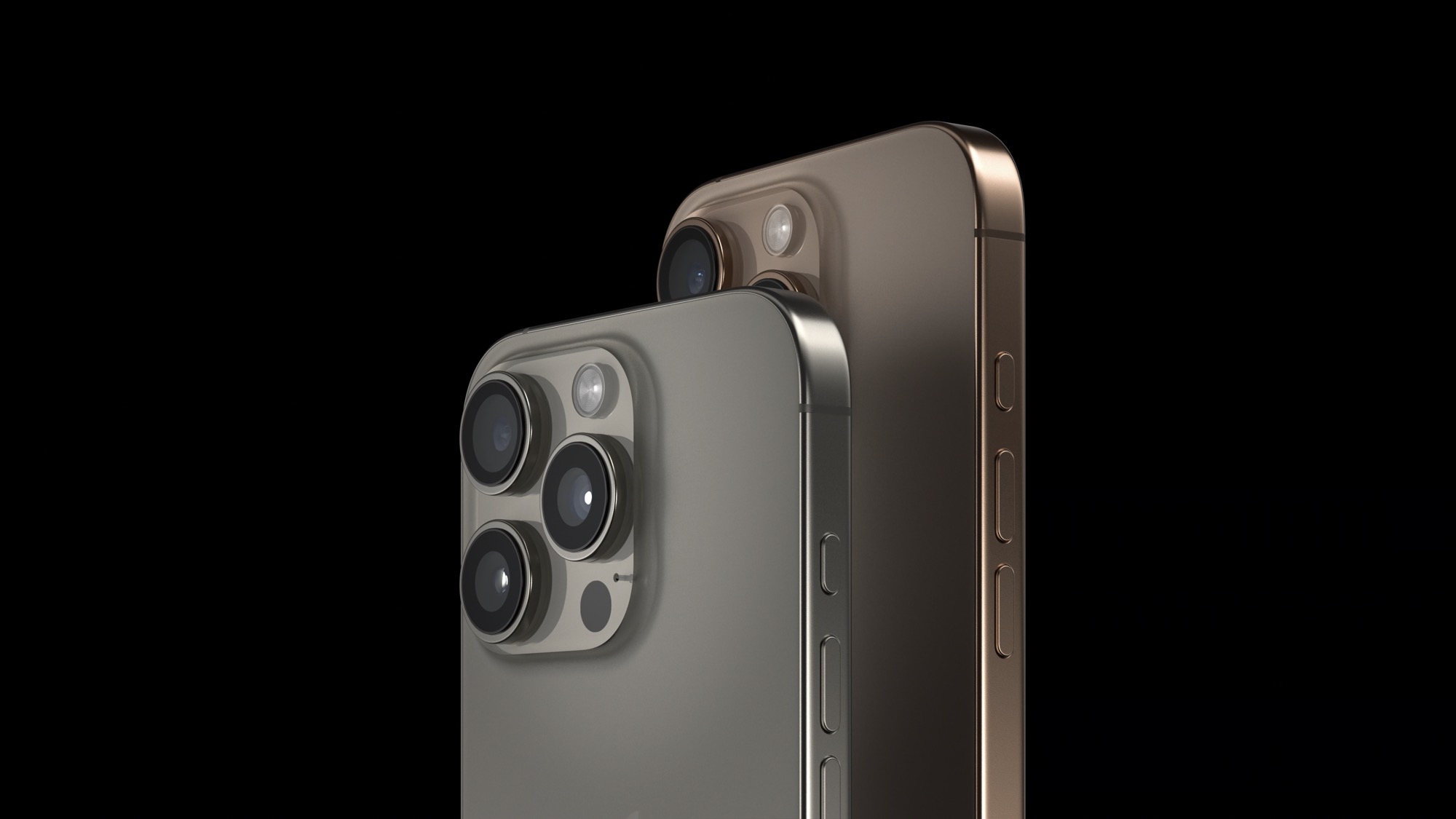
The iPhone 16 Pro models get the same Camera Control button as their standard iPhone 16 counterparts. This capacitive button allows the iPhone to shoot photos more naturally and intuitively, quickly calling up the Camera app and offering gestures for autofocus, zoom, exposure adjustment, and much more. The iPhone 16 Pro version appears to be identical to the one on the iPhone 16.
The iPhone 16 Pro also adopts the “Fusion” branding for its primary camera. However, the overall camera specs remain unchanged. It’s still a 48-megapixel (MP) sensor with an f/1.78 aperture and second-get sensor-shift optical image stabilization (OIS), although it gains an anti-reflective coating that should help reduce lens flare.
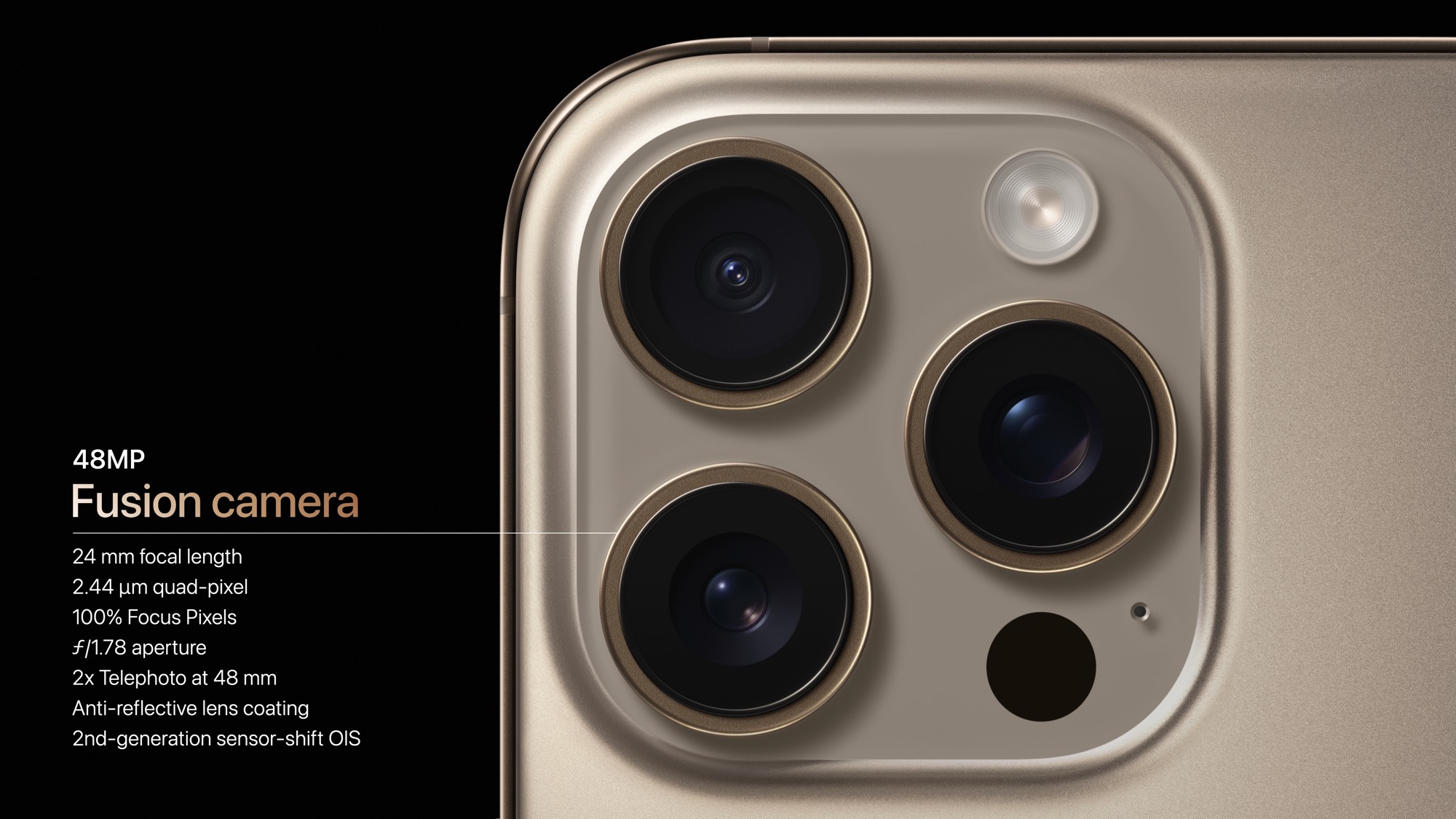
The Ultra Wide gets a more significant boost this year, moving to a 48MP sensor to match the Fusion lens with the same f/2.2 aperture as last year’s 12MP camera. The 12MP Telephoto is mainly unchanged, although the iPhone 16 Pro now gains the tetraprism lens exclusive to last year’s iPhone 15 Pro Max, boosting the optical zoom to 5X. This essentially puts the iPhone 16 Pro and iPhone 16 Pro Max on par for their photographic prowess.
Apple has also used the power of the A18 Pro chip to create next-generation photographic styles that can handle skin tone, color, highlights, and shadows in real-time and personalize your subject with much more nuance than before. There’s also a simple control pad that lets you personalize the photographic styles, and you can change them after capture and even slide through them with the new Camera Control.
Cinematic Slow Motion
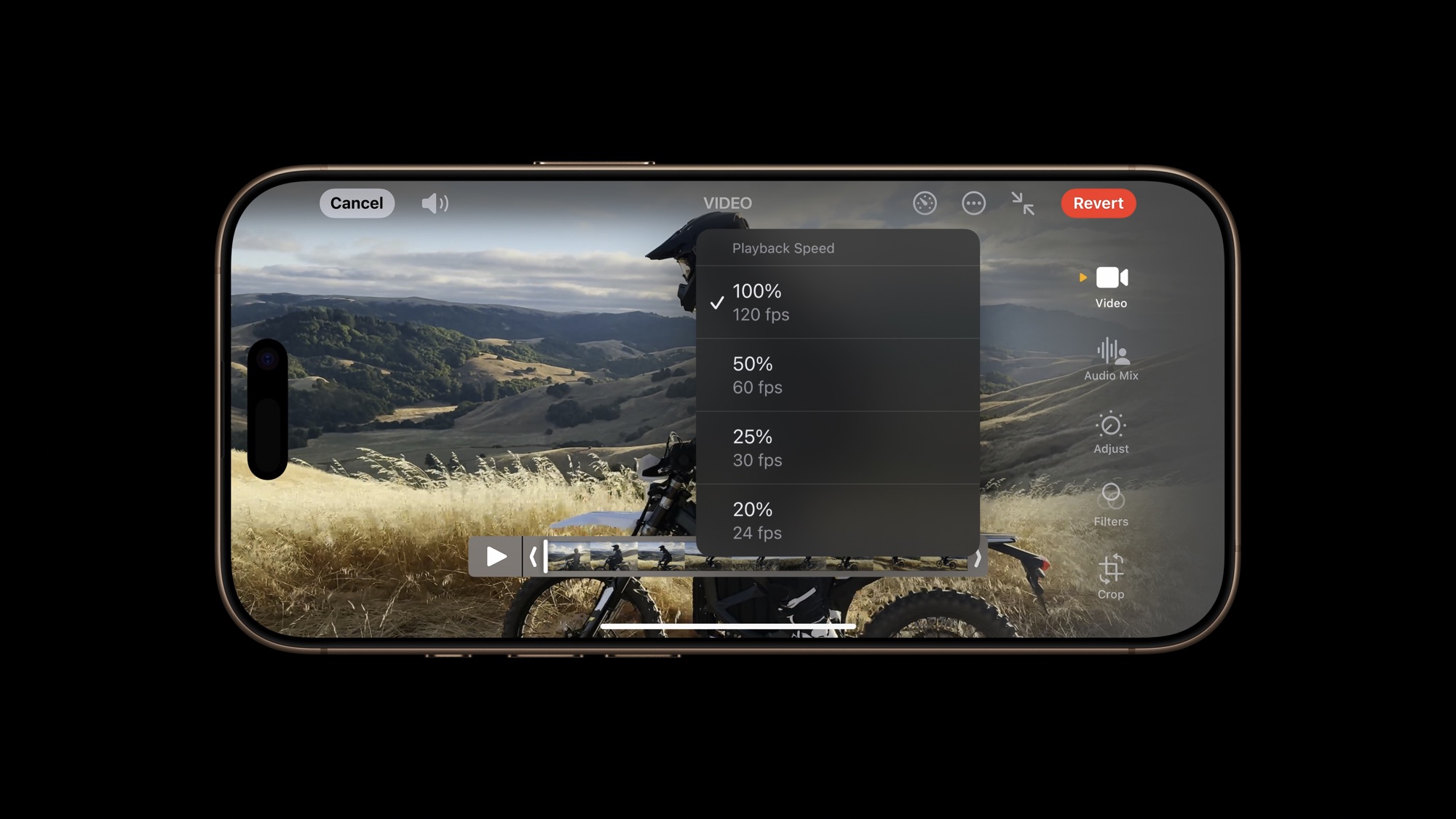
Last week, we heard an eleventh-hour rumor that the iPhone 16 Pro models would gain even faster 4K video recording at up to 120 frames per second (fps). The key to this is a new feature Apple calls Cinematic Slow Motion, which allows videos to be reduced to as little as one-fifth of their original speed (24 fps).
This is made possible by the new 48MP Fusion camera’s faster sensor, faster transfer speeds in the camera interface, and, of course, the power of the A18 Pro chip. These 4K/120fps clips are also recorded in Dolby Vision for frame-by-frame cinema-quality color grading and can be captured in ProRes if you record to an external SSD connected to the USB-C port.
Audio Improvements
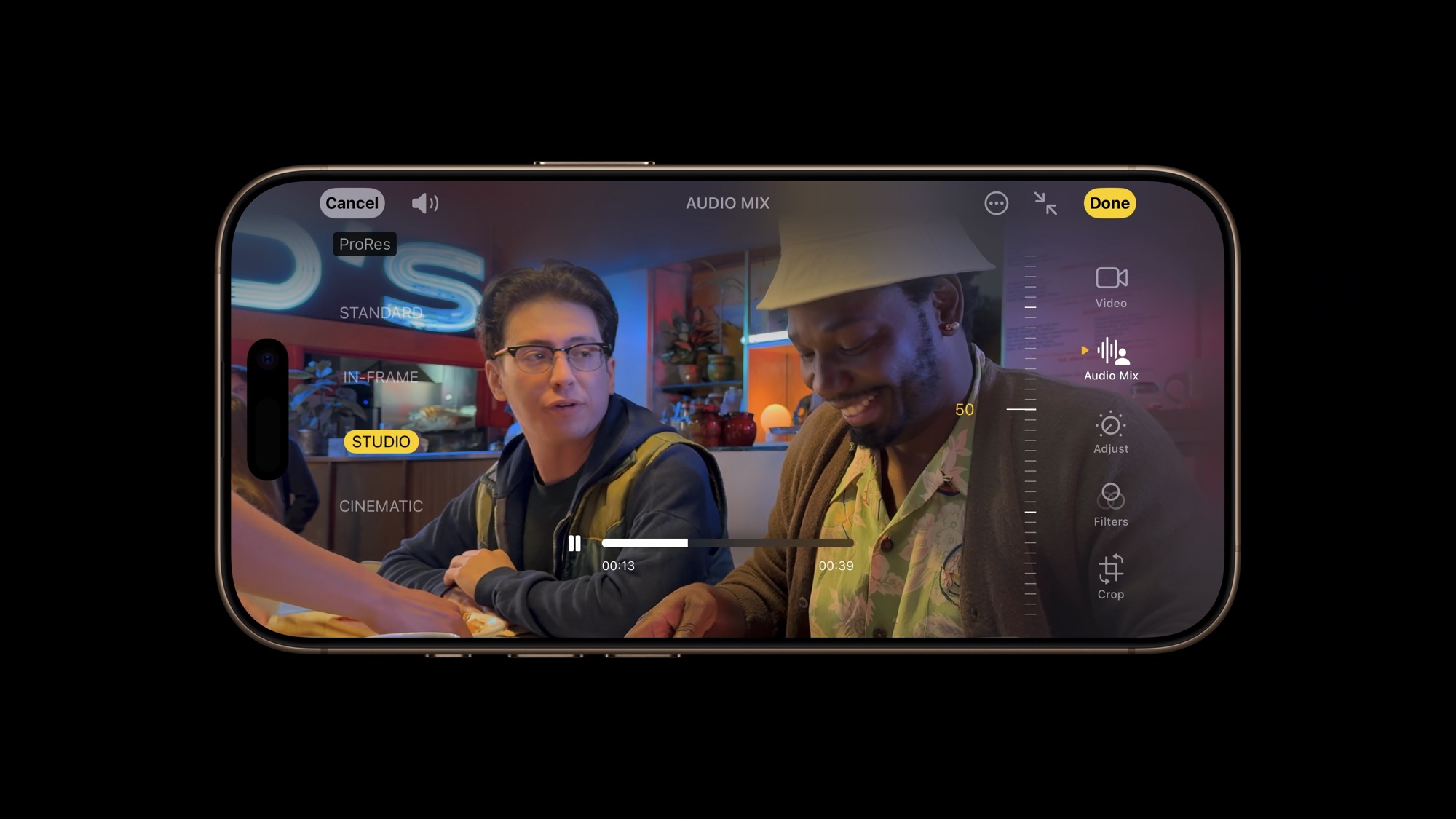
While the camera boosts in the iPhone 16 Pro are nice, they’re also the kind of year-over-year improvements we’ve come to expect from Apple. However, the company is tackling new ground this year by adding better audio hardware and processing to the iPhone 16 Pro.
The new models feature four studio-quality microphones that provide higher-quality recording, a lower noise floor, more true-to-life audio, and wind noise reduction. They also power a new Audio Mix feature that applies machine learning to identify and separate background elements from foreground audio.
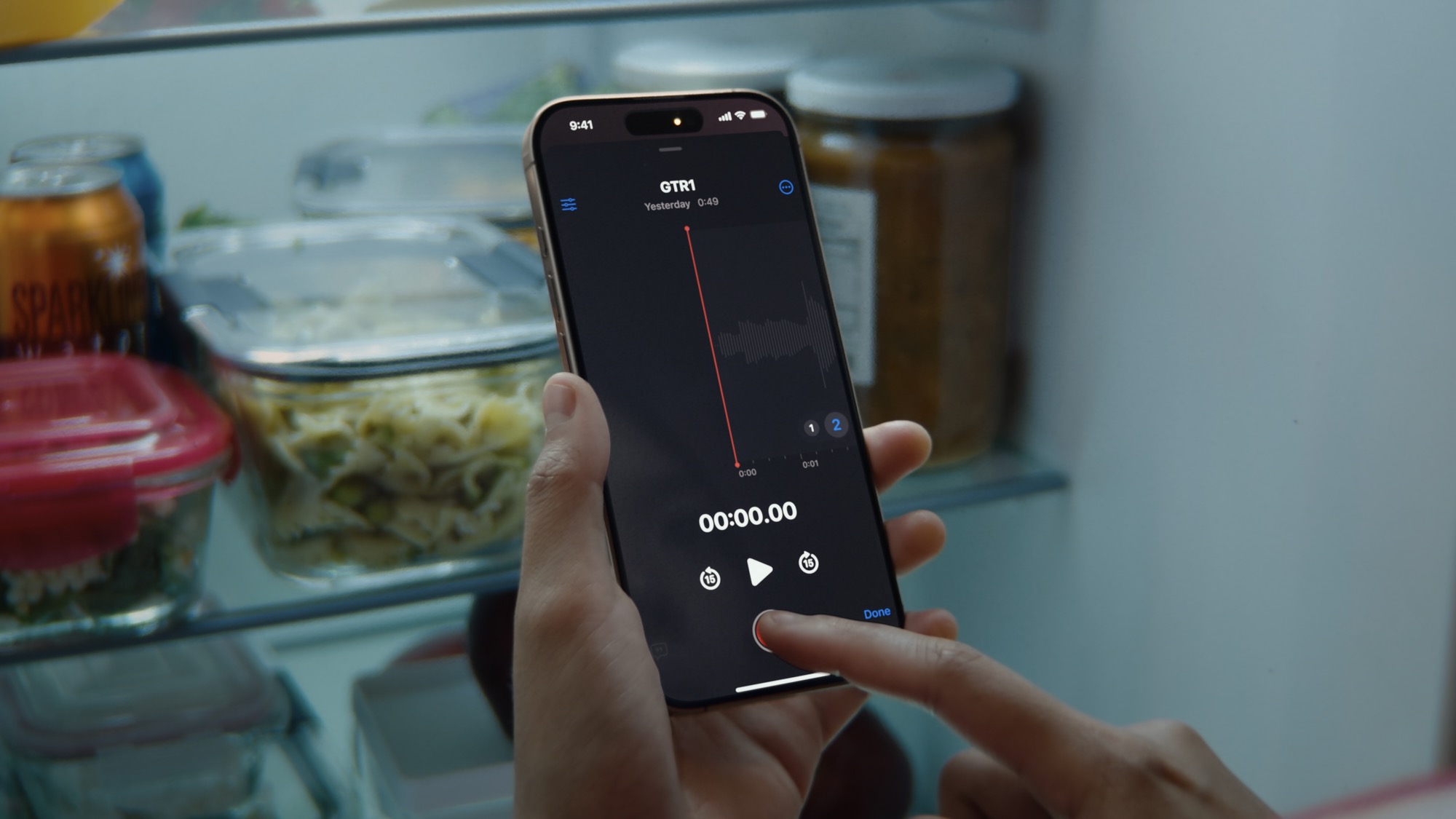
Four Audio Mix options are available during video recording. Standard works like most iPhones do already, while In-Frame, Studio, and Cinematic provide effects ranging from pure studio recording to intelligently balanced mixes of voices with background noise.
Later this year, Apple will also release an update to the Voice Memos app that allows the layering of tracks on top of existing recordings. This will use the advanced processing features of the audio hardware and A18 Pro to isolate recordings and cancel background noise.
Faster Charging
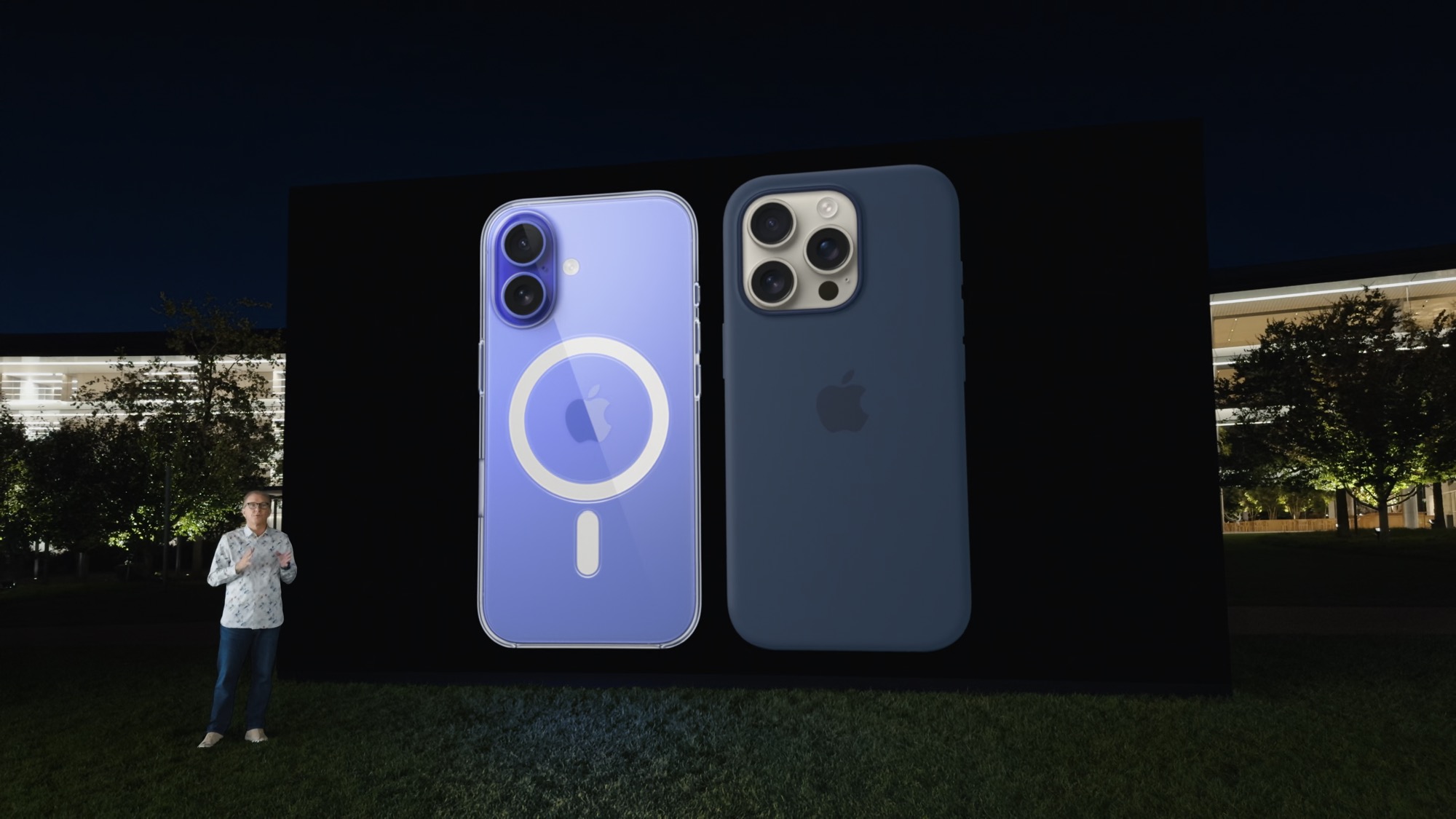
Contrary to some earlier rumors, Apple isn’t boosting wired charging speeds this year. The iPhone 16 Pro and iPhone 16 Pro Max still only advertise 20W charging, which will take the iPhone up to 50% in about 30–35 minutes.
However, Apple has improved MagSafe charging speeds this year. You’ll need a new MagSafe charger, but as long as that’s paired with a 30W adapter, Apple promises 25W charging that will deliver the same 50% charge in 30 minutes using MagSafe.
As for battery life, Apple promises that the iPhone 16 Pro offers the best iPhone battery life ever thanks to larger batteries and better power management. In actual estimated numbers, that’s up to 27 hours of stored video playback, or 22 hours of streaming video on the iPhone 16 Pro, or 33 hours and 29 hours on the iPhone 16 Pro Max. That’s about a four-hour increase over the iPhone 15 Pro models.
Price and Availability
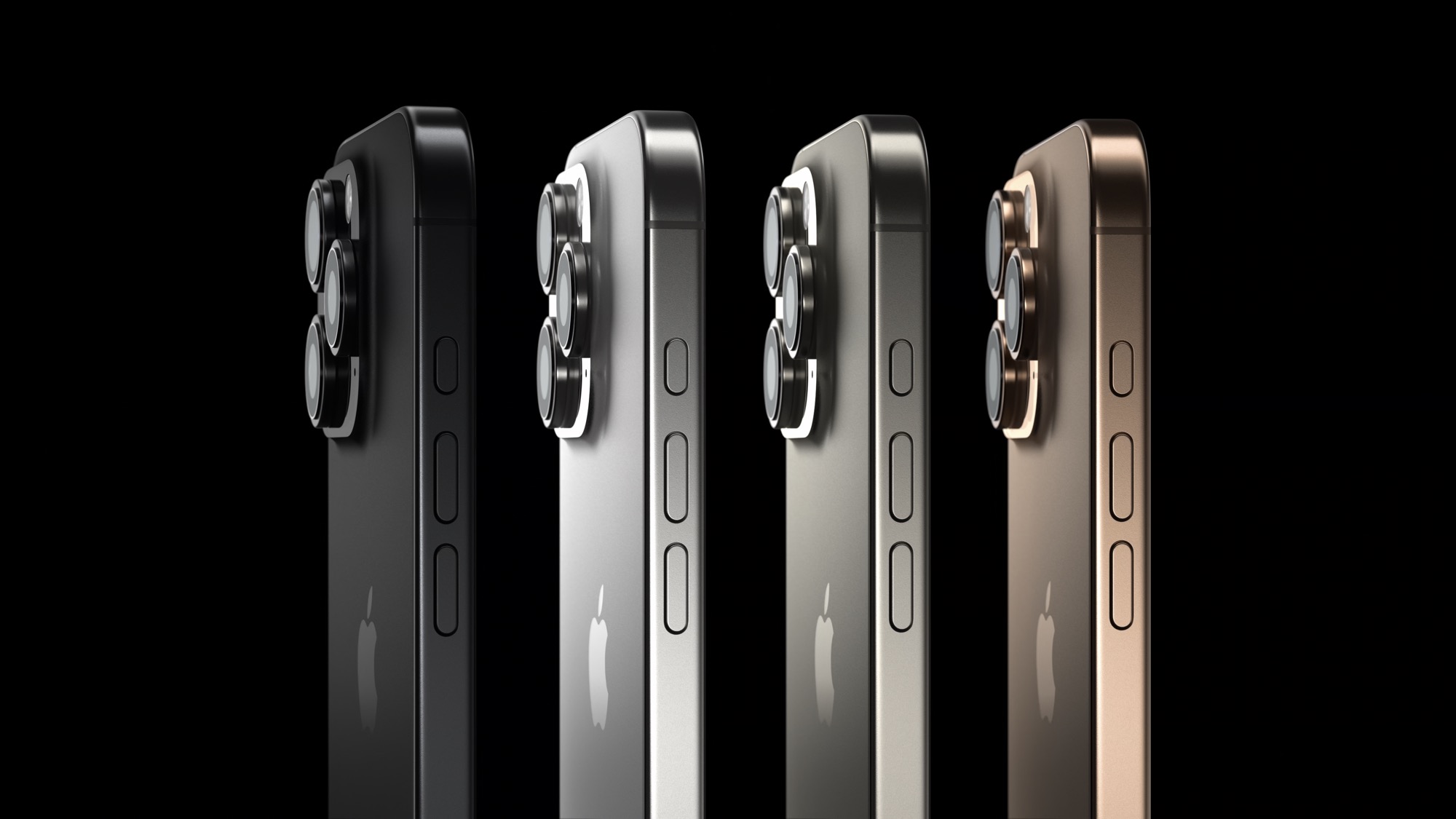
Perhaps the best news is that, despite rumors of a price increase, Apple is offering the iPhone 16 Pro and iPhone 16 Pro Max at the same prices as their predecessors.
The iPhone 16 Pro still costs $999 for the base 128 GB model. Meanwhile, the iPhone 16 Pro Max starts at 256 GB of storage and costs $1,199. This creates a more significant price gap between the two sizes, but technically speaking, Apple hasn’t increased its prices since the iPhone X — the first “pro” model — was released in 2017. The 256 GB iPhone 16 Pro Max is the same price as the 256 GB iPhone 12 Pro Max four years ago; it’s just that Apple no longer sells a 128 GB model, thereby driving up the cost of entry.
The iPhone 16 Pro and iPhone 16 Pro Max will go up for pre-order this Friday, September 13, and are expected to land on store shelves next Friday, September 20.







